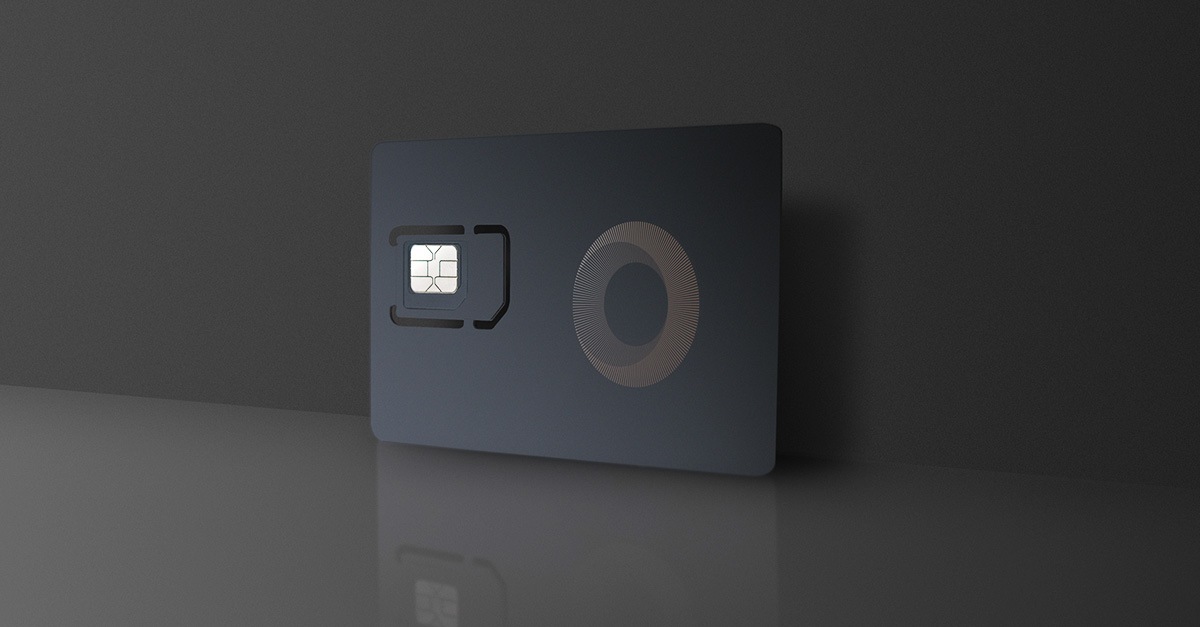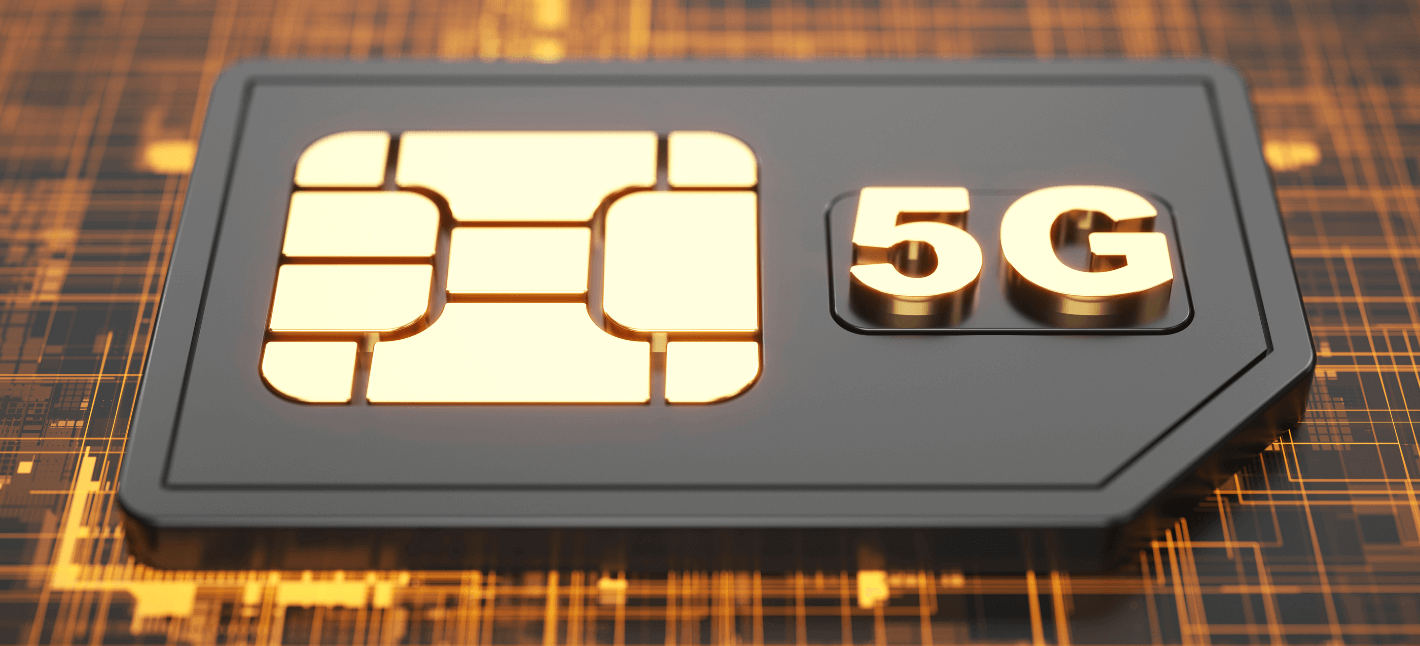Free Iot Sim Card IoT SIM Card Data Plans Pricing
Best IoT SIM Card Unlimited IoT SIM Card 12 Month Prepaid Service
In the panorama of the Internet of Things (IoT), connectivity standards and protocols play a crucial role in making certain gadgets can communicate seamlessly. As more units are connected, the necessity for effective interoperability increases, resulting in quite a lot of standards that serve completely different use cases and requirements. This comparison of IoT connectivity standards and protocols highlights the nuances that differentiate every expertise, providing a clearer understanding of which might go nicely with particular functions.
LoRaWAN (Long Range Wide Area Network) is one of the dominant protocols typically utilized in IoT purposes that require long-range communication. Its low energy consumption makes it significantly effective for battery-operated devices, enabling them to operate for a quantity of years without having a battery substitute. The protocol is designed for extensive space networks, making it appropriate for urban, rural, and remotely deployed devices such as environmental monitors and smart city applications.
On the other end of the spectrum, MQTT (Message Queuing Telemetry Transport) is a lightweight protocol designed for resource-constrained devices and low-bandwidth, high-latency networks. Due to its publish-subscribe model, it permits gadgets to speak in close to real-time, making it particularly in style for functions in smart houses and industrial automation. MQTT is not constrained by location, enabling devices to speak no matter the place they are located, as long as there might be web entry.
Best Iot Sim Card Reliable IoT SIM Cards Global Connectivity

Zigbee and Z-Wave are two different protocols which have gained traction, especially in residence automation contexts. Zigbee operates on low power and is designed for low knowledge price wi-fi private space networks. With its mesh networking functionality, it facilitates communication between a quantity of units, creating a strong community that may prolong its vary considerably. Z-Wave, while comparable, sometimes operates on a lower frequency and has a distinct architecture that tends to work better in indoor settings. Its focusing on of consumer merchandise gives it an edge in user-friendly purposes.
Bluetooth additionally plays a significant role in IoT connectivity, especially in wearable technology and close by communication eventualities. The introduction of Bluetooth Low Energy (BLE) has expanded its performance by allowing devices to communicate with minimal battery utilization. This protocol is good for functions where low power is essential however nonetheless requires an inexpensive knowledge throughput. The range tends to be shorter, making it suitable for environments like personal health units, smart locks, and different proximity-focused technologies.

Another important participant in the IoT area is Cellular connectivity, including LTE and the rising 5G networks. These technologies provide excessive knowledge rates and widespread coverage, making them perfect for purposes that require real-time knowledge switch, similar to autonomous automobiles and distant surveillance methods. However, their energy consumption is usually greater compared to other protocols, which can be a limiting issue for IoT devices with battery constraints. The evolution of 5G is particularly thrilling, because it promises to facilitate even bigger numbers of related units with lower latency.
A lesser-known, but impactful, standard is NB-IoT (Narrowband IoT), specifically designed for low-power, wide-area networks. It supports a excessive number of connected gadgets over a larger area, making it well-suited for rural purposes, smart metering, and smart agriculture. Its low bandwidth requirements are sufficient for transmitting small data packets, permitting gadgets to perform effectively with minimal energy consumption.
2g Iot Sim Card IoT SIM vs Normal SIM
Comparing these protocols, a big factor to contemplate is the stability between range, energy consumption, and knowledge rate. Zigbee and Z-Wave excel in mesh networks however might not cover as extensive an area as LoRaWAN. Meanwhile, protocols like MQTT can prioritize information transfer efficiency over distance. The alternative between using a cellular framework or a specialised IoT protocol often hinges upon the particular needs of an utility, including geographic and technical constraints.
Security stays a pressing concern throughout IoT implementations. With the variety of connectivity standards, guaranteeing safe communication is paramount. Various protocols address safety in different methods, incorporating measures similar to encryption and authentication protocols to safeguard information. MQTT, for example, permits for secure connections and payload encryption, whereas protocols like LoRaWAN have mechanisms to authenticate devices communicating over the community.
Compatibility is another necessary side. As manufacturers more and more develop IoT solutions, the power to attach gadgets from totally different distributors is key. Standards like Zigbee and Z-Wave have established certification packages to authenticate devices’ interoperability. This compatibility fosters a extra cohesive smart residence environment, allowing units to check work in live performance quite than isolation.
Future developments in IoT connectivity standards are frequently expanding the chances. Researchers and industry specialists are growing advanced protocols that combine the strengths of current technologies while addressing their weaknesses. The integration of artificial intelligence (AI) and machine studying into IoT networks is further enhancing automation and knowledge analysis, pushing protocols to evolve and improve in real-time.
Cheap Iot Sim Card IoT SIM Cards Explained Understanding Differences
Ultimately, choosing an IoT connectivity standard or protocol is not merely a technical decision; it ought to align with the goals of the appliance and the wants of its users. The proper alternative might imply the difference between a successful deployment and a project affected by interoperability challenges, unnecessary costs, or decreased efficiency.
As IoT technology continues to mature, the significance of understanding and deciding on applicable connectivity standards and protocols will solely grow. Industry individuals and developers must stay vigilant of developments and modifications that influence the ecosystem. Knowledge of these protocols is essential, because it equips stakeholders to make knowledgeable choices that will define the subsequent technology of connectivity.
In conclusion, the comparability of IoT connectivity standards and protocols reveals a complex but fascinating panorama. By understanding the advantages and limitations of each standard, developers could make educated selections that may optimize their IoT deployments, enhancing efficiency and effectiveness and ultimately paving the way in which for a more related and clever future.
- Various IoT connectivity standards, corresponding to MQTT, CoAP, and HTTP, cater to different data transmission needs, influencing efficiency and software suitability.
- MQTT is light-weight and optimized for high-latency networks, making it perfect for low-bandwidth, resource-constrained gadgets.
- CoAP helps RESTful interactions and operates over UDP, permitting for decreased overhead compared to traditional protocols used over TCP.
- Zigbee and Z-Wave give attention to low-power, low-data purposes, good for smart house units and sensor networks.
- NB-IoT and LTE-M supply cellular connectivity particularly designed for IoT functions, offering wider protection and higher penetration in city environments.
- Wi-Fi and Bluetooth, whereas prevalent, can struggle with energy consumption and scalability in giant IoT ecosystems, making them less perfect for sure use circumstances.
- LoRaWAN permits long-range, low-power communication, perfect for functions in distant areas requiring rare information transmission.
- Each standard or protocol could include distinctive security measures, influencing the choice based mostly on the IoT deployment's menace model.
- The growing trend of multi-protocol environments permits gadgets to modify between standards, enhancing flexibility and interoperability within IoT ecosystems.
- Compatibility issues can come up from various IoT connectivity standards, necessitating cautious planning to ensure seamless communication across gadgets and platforms.undefinedWhat are the principle IoT connectivity standards obtainable today?
Prepaid Iot Sim Card SIM Starter Kit
The main IoT connectivity standards include MQTT, CoAP, LoRaWAN, Z-Wave, Zigbee, and cellular standards like NB-IoT and LTE-M. Each of these standards serves different use cases, offering various ranges, energy consumption, and information transmission capabilities.
How does MQTT differ from CoAP in phrases of use cases?
(Iot Sim Card copyright)
MQTT is designed for high-latency and low-bandwidth environments, making it excellent for eventualities requiring reliable messaging, corresponding to distant monitoring. CoAP, then again, is tailor-made for constrained units and networks, making it appropriate for purposes like smart house automation where simplicity and effectivity are crucial.

What components should I consider when selecting an IoT protocol for my application?
Telkomsel Iot Sim Card North America IoT Data Plan
Key elements embody the application’s necessities for range, energy navigate to this site consumption, knowledge payload size, and community circumstances - Iot Sim Card Europe. Additionally, consider the extent of safety and scalability needed, in addition to infrastructure and gadget interoperability.
Is security a serious concern when evaluating IoT connectivity standards?
Yes, safety is a paramount concern. Different standards offer varying ranges of safety features, like data encryption and authentication measures. It’s important to judge how every standard addresses potential vulnerabilities to ensure the protection of delicate information.
Iot Global Sim Card SIM Card IoT Projects Global Deployments
Which connectivity protocol is best for long-range communication?
LoRaWAN is commonly considered one of the best for long-range communication due to its capability to cowl distances of as a lot as 15 kilometers in rural areas. It is particularly effective in functions like agricultural monitoring and smart metropolis deployments where units are unfold out over massive areas.
How do energy consumption ranges differ amongst totally different IoT protocols?
Prepaid Iot Sim Card Global IoT SIM Cards Business
Power consumption varies significantly among protocols. For example, LoRaWAN and Zigbee are designed for low energy usage, suitable for battery-operated gadgets needing lengthy operational life. In contrast, cellular protocols like NB-IoT may eat more power but offer greater bandwidth for important functions.
Can multiple connectivity standards coexist in the identical IoT environment?
Sim Card Iot Devices IoT Data SIM Card 12 Months
Yes, a quantity of connectivity standards can coexist throughout the identical environment. This permits for higher flexibility and integration of assorted units throughout totally different purposes. However, it does require a well-architected system that may manage and route knowledge between different protocols effectively.
What role does scalability play in choosing an IoT connectivity standard?
Scalability is essential when deciding on a connectivity standard, particularly for functions expected to grow over time. Some protocols allow for easy addition of gadgets and seamless integration into existing networks, whereas others could have limitations that could hinder enlargement.
Sim Card For Iot Devices IoT SIMs Any Device Anywhere
Are there specific industries that favor specific IoT protocols?
Yes, specific industries often favor particular IoT protocols based on their distinctive necessities. For instance, smart agriculture tends to favor LoRaWAN because of its long range, while home automation usually makes use of Zigbee or Z-Wave for their low power consumption and mesh networking capabilities.